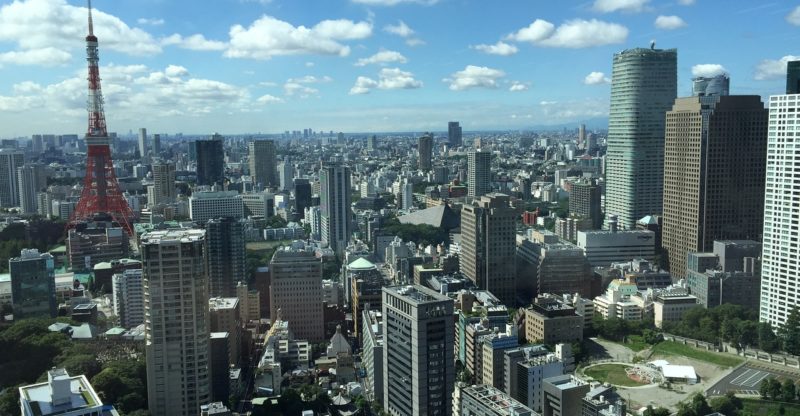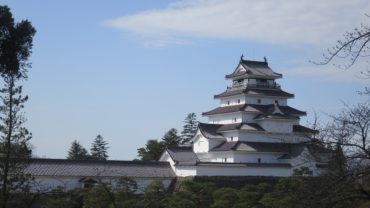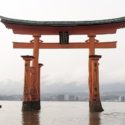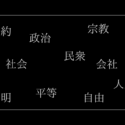History Of Tokyo – The City Made By The Greatest Samurai
Summer Olympics are coming to Tokyo in 2020.
The city has made one of the best reputations around the world.
But who made Tokyo?
In this article, I will tell you a little bit about history of Tokyo.
Table of Contents
Today’s Tokyo
Many people probably agree that Tokyo is one of the biggest city in the world.
As of 2019, the population of the metropolitan Tokyo area is more than 37.4 million.
This number is more than the whole population of Canada, and almost 30% of Japanese people live in Tokyo.
GDP of Tokyo ranks 16th in the world, which is the highest position of all the cities in the entire globe.
Tokyo also has one of the lowest crime rates of all the cities in the world, which many Japanese people are highly proud of.
This prosperity was definitely impossible without the great urban planning and the development by great leaders.
Now let’s look back at its history.
Edo Period
While Emperor of Japan resides in the Imperial Palace in Tokyo today, his residence was in Kyoto before the Meiji Restoration (1868), when Samurai Shogunate was replaced to the Imperial rule by Meiji Emperor.
The Imperial Palace was the samurai castle, and Tokugawa Shogunate and numerous numbers of samurai class used to live there before the restoration.
Tokyo was called Edo back then, and the capital city was Kyoto, where Emperor lives.
After the reform took place, the Samurai Shogunate and its military government were abolished, so the Emperor moved to Edo.
Edo officially became the capital of Japan at the same time as the relocation of Emperor and renamed “Tokyo,” which literally means Eastern Capital (東京) in Japanese.
So did the city begin developing after it became the capital?
Not really.
It had already been thriving under the rule of Shogunate, and it was technically the center of Japan as the military government was located.
But before Tokugawa Shogunate, Edo wasn’t even a city.
That means Edo dramatically started developing after Tokugawa founded Shogunate.
Foundation Of Tokugawa Shogunate
After the constant civil wars and conflicts (Sengoku Period), Toyotomi Hideyoshi finally unified all over Japan in 1590.
Since Tokugawa Ieyasu was still a subordinate of Hideyoshi, he was assigned to take care of Kanto Area by Hideyoshi, so he decided to move into Edo.
Toyotomi Hideyoshi passed away in 1598, and Tokugawa Ieyasu got a chance to unify Japan by himself one more again and founded Shogunate in Tokugawa family’s headquarter Edo.
Prosper Of Edo
Edo prospered most during this time.
Since there was no single war within the country for more than 250 years, the population increased a lot.
Roads were built for the sake of transportation and protection.
People started spending more time for their hobbies such as reading, literature, and sports, so the culture was flourished, and education level was drastically improved.
Thanks to the invention of Manga, the literature rate of Japan was the highest of all the countries in the world at that time.
Shogun and his government took great care of water supply, so tap water in big cities had been portable since then.
In order to improve the infrastructure in Edo, Shogunate let a great deal of workforce to come in and move into the city.
As a result, the population of Japan centered in Edo at the same to improve the city development as fast as they could.
Edo Became Tokyo
The cultural prosperity during Edo period gave the significant impacts to Japan, but economy was gradually shrinking after the middle of 19th century.
In 1863, the American Black Ships commanded by Matthew Perry reached out Japan and forced it to open up its borders to trade with the United States.
Samurai warriors class were furious since Shogunate actually gave up its isolation policy before the threat of the Western power and began global trade with the Western countries including the U.S.
The political slogan for abolishing Shogunate and the movement against Europeans were arose all over the country.
Eventually, 15th Tokugawa Shogun, Yoshinobu, known as the last Shogun, resigned his Shogun status and returned governing power to the Emperor.
However, the civil war (Boshin War) was broken out between samurai who supported Shogunate and the ones who supported the new government.
Fortunately, Edo spared from all-out-war, and the castle was handed over to the imperial family.
Tokyo Adapted Western Civilization
After Meiji Restoration, Japan widely adopted Western culture.
Japanese people started consuming Western food and wearing Western clothes.
Railroads were built and Western-style buildings appeared throughout the city.
The famous Tokyo station of red brick style was built during this time.
WWII And Tokyo
After the Adaptation of the Western civilization, Tokyo became the center of economy, culture, education, art, and other industries in Japan.
A huge earthquake struck Tokyo in 1923 and horribly damaged the city,
But Tokyo still stood out as one of the most populous cities around the world along with New York and London in 1940.
However, Tokyo was subject to the most devastating war that it never had before.
The war destroyed the entire city, and so many civilians fell to victims as well.
Tokyo Revived
After the end of the war, Japanese people worked on the reconstruction of the city.
Infrastructures were rebuilt.
Employment rates were gradually recovered.
Children started going school again.
In 1964, Summer Olympics were held in Tokyo.
In 2020, Tokyo is hosting Summer Olympics again.
And it is attracting so many foreigners and tourists more than it ever experienced before.




